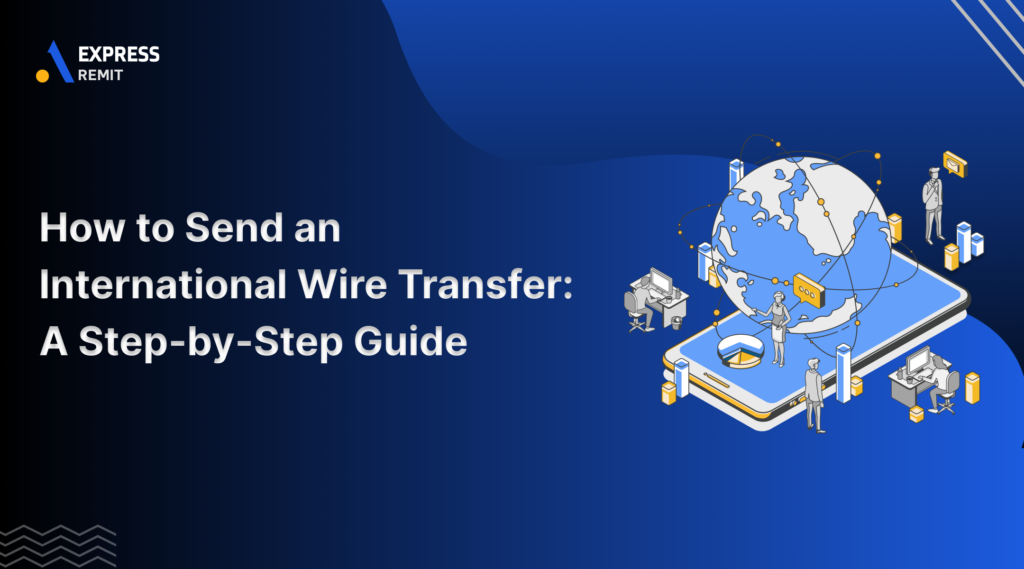How to Send an International Wire Transfer: Guide in 2025
In today’s global economy, transferring money across borders is a necessity for businesses, freelancers, and individuals. Understanding how to send […]
How to Send an International Wire Transfer: Guide in 2025 Read Post »


